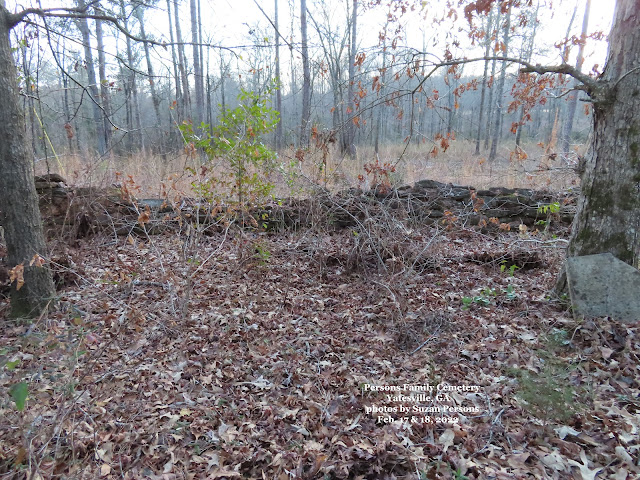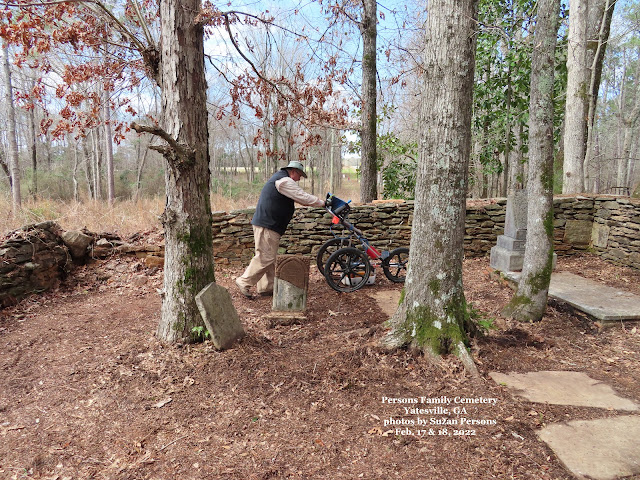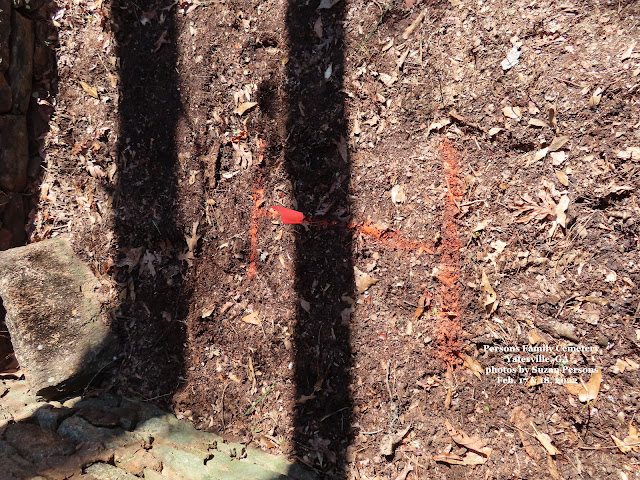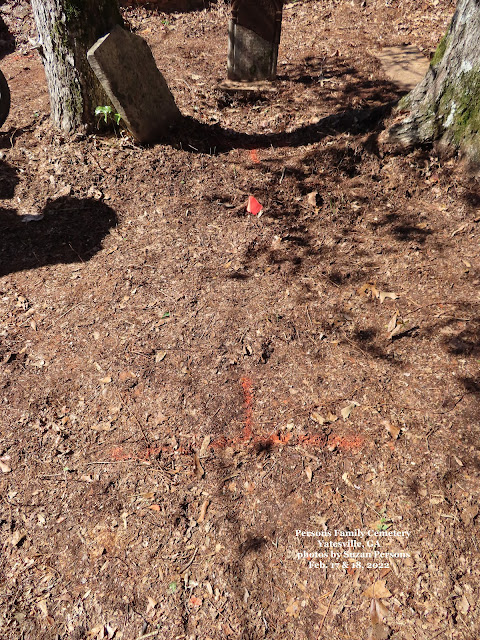"April 9, 1942, the infamous "Death March" 6 to 10 days, 60-69 miles, began at the Mariveles terminating at Camp O'Donnell and later moved to Camp Cabanatuan.
According to Japanese Plans these P.O.W's were to be moved by foot, carrying their own rations to the border of Bataan and Pampango.
The main stage of the Death March was set at Mariveles, at the southern tip of the Bataan Peninsula.
Troops started to march in a long column on a dusty road without food and water.
For many of the bloody, frail men, this was the last march.
One man fell from exhaustion and was then flatten by a tank, as all the other troops witnessed this horrible action, other soldiers were hit by Japanese trucks passing by.
The POW's were forced to stand next to a fresh stream but weren't allowed to drink from it, even though they were exhausted and dehydrated , after a while one soldier could not take it any more, he ran to the stream and fell in, face first, to drink. Immediately one of the Japanese guards ran over, pulled his sword out and cut his head off.
A great many men reached the end of their endurance. The dropouts became numerous. They fell on the roadside, some making no effort to rise. Groaning and weeping, some succeeded while others fell back helplessly.
As the march continued, the diseased, starving men staggered up the dusty road, prodded by the Japanese guards to keep moving. As one soldier was dying, he cried for water. He died on the dusty road. The heat of the day was so intense that they were half crazy from thirst. They arrived at a small stream that was contaminated with filthy water, a bloated corpse filled with maggots, this filthy stream the POW's were allowed to drink from , as the Japanese guards laughed at them.
The Death March ended after 6 days, where the POW's boarded a train to different camps."
copied from: http://www.ghostofbataan.com/bataan/page3.html
 |
Dr. Joseph D. VandeVelde (1909-1975)
photo taken 1948 |
Dr. Joseph VandeVelde graduated from Ohio State University in 1934 from Medical School. In 1941, he joined the Army, the Medical Corp. and was in Manila by Sept. 1941 after being transported on the ship USAT President Cleveland.
 |
The front of the post card
Dr. VandeVelde sent home. |
 |
The back of the post card shown above with Dr. VandeVelde's message to his
Uncle William John VandeVelde (1871-1946),
who paid his way through Medical School. |
Dr. VandeVelde was on the same ship as Dr. Calvin G. Jackson who kept a diary from 1941 to 1945.
The following are exerts from the book, DIARY of Col. Calvin G. Jackson, MD. Kept during WWII, 1941-45
*Thur. Aug. 28, 1941: Awakened about 5:30 am at the entrance to Manila Harbor. Had anchored at 2am. At 6am, a navy yacht came. The harbor is mined. It lead us through north channel. Docked about 9:30am Got our orders. We got our orders and go to Ft. Wm. McKinley. We then went to Army and Navy Club for a Bien Vien (welcome and liquor) party. pg.17
*Sun. Oct. 26: Swell day. Feel some better, though I am going to stay in and rest. Read "Dr. Dogbody's Leg" and slept all day. In the eveing, Lt. VandeVelde, M.C. (from Cleveland, Oh) came down and we had a bridge foursome. [M.C. - Medical Corp] pg. 22
*Wed. Nov. 19: Swell day. My majority [earned his Major leaves] caused quite a stir at Co. E. All kinds of congratulations. In afternoon Ashton, Smelya, and I sailed. We finally learned how to tack the banca. Played bridge all evening. Burr and I went to Chamberlains and VandeVelde's quarters. pg. 24
*DIARY of Col Calvin G. Jackson, MD. Kept during WWII - 1941-1945. Copyright 1992 by Ohio Northern University. Published by the Ohio Northern University Press.
Dr. VandeVelde is also mentioned in the following book-
POW in the Pacific
Memoirs of an American Doctor in WWII
by William N. Donovan, MD
copy right 1998
Scholarly Resources Inc. Wilmington, DE 19805
page 68 - I (Dr. Donovan) volunteered to go out -- to Camp #8 in the port area. Breslin said, "What the hell do you want to go out for? We've got it perfect in here" (Bilibid prison). I told him, "Hell, I'm sick of this goddamned place." So I went down to the port area in late February 1943. Captain VandeVelde, another doctor, was already there. We took care of these 150 or so prisoners, and it was much better there.
We lived in what had been a Ford garage in the port area. It was close to the ocean, although we couldn't see the water. there was a big fence around the garage. They put the officers in a separate area -- there were about six of us --- and we slept on cots. A bomb had hit the thing and in the middle there was a big opening, but we were covered. It was a large building. There was a big pile of debris, though, in the center where the bomb had gone off.
page 69 - Eventually we were able to bribe the guards for some supplies. I was bunked next to Captain VandeVelde.
page 70 - The beds for the six officers were lined up next to each other. We could lie down there at noon after lunch. You could take about half an hour for lunch. We'd finish eating, and then there would be about 10 minutes when we could lie down, but the minute they went back to work, you had to sit up. VandeVelde and I would have liked to have gotten a good snooze in the afternoon, but we had to sit up. They put a guard around us.
page 73 - As doctors we had a certain status with the Japs. We never had to work at manual labor. After I moved to Camp #8, Captain VandeVelde and I had to hold sick call twice a day. First thing in the morning we'd holler, "Sick call!" There would be one or two new patients every day. We had a few drugs, some of the Red Cross stuff and some that the Japs had given us, and anybody that wanted to come on sick call, we would check them. We had thermometers, and if they had a fever and couldn't work we'd have to go to the Jap official and tell him the man was too sick to work. They'd usually let him stay in. But if you tried to get release time for somebody that the Japs had just beaten up, that's when you got in trouble.
page 82 - NOTES- Julien M. Goodman, MD mentions encountering Captain Donovan on one further occasion, at the end of August 1944, at which time he and VandeVelde "stressed the belief that the Allied return to the Philippines was imminent."
page 84 - Capt. Donovan kept a list of the patients, their diagnoses, and treatment in Camp #8. On May 17, 1945 Donovan gave two depositions which were later submitted for the war crimes trials after the war. A Corporal Erwin had been beaten by a Japanese guard. Erwin did not fight back, this made the guard furious. the guard struck Erwin with a piece of iron and missed and from then on use his fists. Just before they dismissed us for the night, the Japs lined us up and the same guard beat Corporal Erwin again. His jaw was broken in three placed and he was badly bruised as a result of the beating given him.
Q. Was Corporal Erwin given any medical treatment?
A. The Japs did not give him any treatment for his injury unless he agreed to sign a statement that he fell down the steps. Erwin refused to sign such a statement.
Q. Did any medical officer see Corporal Erwin?
A. Yes sir, Capt. W. Donovand and Capt. J. VandeVelde saw Corporal Erwin and I believe Capt. Donovan set his jaw for him.
Q. Did either of the two captains sign any statement showing Corporal Erwin had fallen down the steps?
A. No sir, they were asked to sign such a statement and refused to do so. (Item #40-187, Record Group 153, National Archives, College Park, MD.)
Timeline of Dr. Joseph D. VandeVelde
Date of Entry ------------------------------- 5/01/1941
Transport to Philippines from San Francisco-8/9/1941
Arrive in Manila ----------------------------8/28/1941
First Japanese Attack in Philippines ------12/8/1941
Promoted to Captain ----------------------12/24/1941
Surrender & Bataan Death March -------- 4/9/1942
Survivors Arrive at Camp O'Donnell ----- 4/15/1942
Surrender of Corregidor Island -----------5/6/1942
Dr. Joe confirmed in Manila - Camp #8---June 1942
POWs leave O'Donnell, arrive Cabanatuan- July 1942
Dr. Joe confirmed in Manila, Bachrach Garage Camp #8 - Feb. 1943
Dr. Joe is reported as POW to family ----- 5/31/1943
Dr. Joe on Hellship Hokusen Maru (aka Haro Maru)-
leaves Manila - 10/1/1944
Hellship Hokusen Maru in Hong Kong -----10/11/1944
Hellship Hokusen Maru in Takao Formosa-10/24/1944
Disembark Hellship Hokusen Maru --------11/8/1944
Hellship Melbourne Maru leaves Formosa - 1/14/1945
Hellship Melbourne Maru arrives Kyushu Japan,
Fukuoka Camp #1 ---------------1/23/1945
Arrive Hoten Camp Mukden Manchuria -- Unknown
Liberation, 4-Man OSS Team Parachutes -8/16/1945
Last POWs depart Hoten ------------------ 9/10/1945
Return to USA on the USS Marine Shark -10/10/1945
Arrived in San Francisco ----------------- 11/1/1945
Arrived at Fletcher General Hospital, Ohio- 2/1/1946
Moved to the Separation Center in Atterbury, Indiana
5/27/1946
Honorable Discharged as a Major --------- 9/25/1946
~~~~~~~~~~~~~~~~~~~~~~~~~~~~
Click above on Draft Rosters to find Rosters from the National Archives in College Park, Maryland.
~~~~~~~~~~~~~~~~~~~~~~~~~~~~
is a challenging march through the high desert terrain of the White Sands Missile Range. The memorial march is conducted yearly in honor of the heroic service members who defended the Philippine Islands during World War II, sacrificing their freedom, health, and, in many cases, their very lives.
 |
| The Bataan Memorial March in White Sands, New Mexico. |
26.2 MILES OF HIGH DESERT,
26.2 MILES OF PURE PERSEVERANCE
The son of Dr. Joseph D. VandeVelde
walked the
HONORARY MARCH - 14.2 Miles
in Memory of his Father who passed in 1975.
THE BATAAN MEMORIAL DEATH MARCH - 2019
During registration, we met and listened to two Survivors of the Bataan Death March speak about their personal experiences on the March, in the POW camps and on the Hell Ships.
Sitting with Dan is Col. Ben Sharden, 101 yrs. old and James Bollich, 97 yrs. old.
There are only seven POWs known to be alive.
Three of them attended this Memorial March.
Buck Sergeant Valdemar DeHerrera, 99 yrs. old is wrapped up to keep warm in the 38 degree White Sands Missile Range morning.
The opening ceremony was an emotional start to the 2019 Bataan Memorial Death March as these three Heroes sounded off during a symbolic roll call, followed by a moment of silence after calling the name of 12 fellow survivors who have died since the last memorial march in 2018.
There were 8,600 participants.
Wounded Warriors were released first.
Followed by: Runners, Military Light, Civilian Light, Military Heavy (w/ 35 lb. back pack), Civilian Heavy (w/ 35 lb. back pack), and finally Honorary.
From the opening ceremony --
"As you walk through the desert terrain here, and you find yourself struggling today to get to the next water point or to overcome the pain in your body, remember what these great American and Philippine allies endured, knowing that when they reached the end of that march there would be more pain, suffering and possibly death."
copied from: https://www.army.mil/article/218690/bataan_memorial_death_march_opens_with_emotional_ceremony
The Sand Pit,
The most difficult part of the walk, stretched between the 8-10 mile marker.
The Finish Line !!!!!!
In the Honorary Division - there were 1,655 participants.
1,425 completed the March.
We must never forget those who died and
survived the Bataan Death March and all POWs.




























































